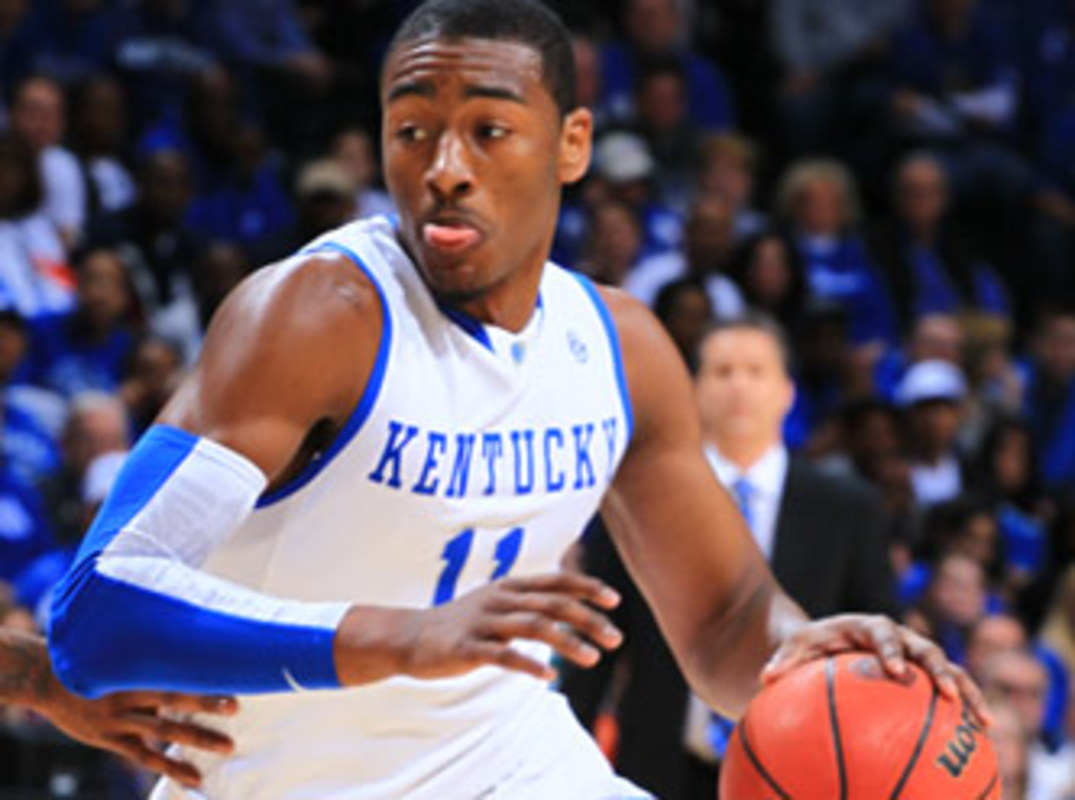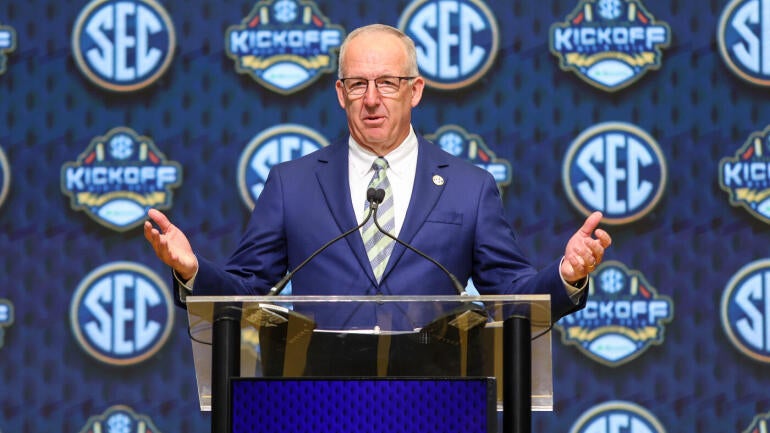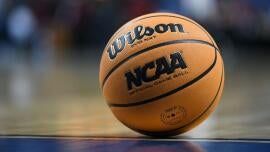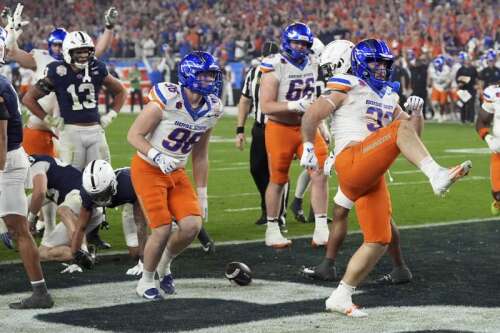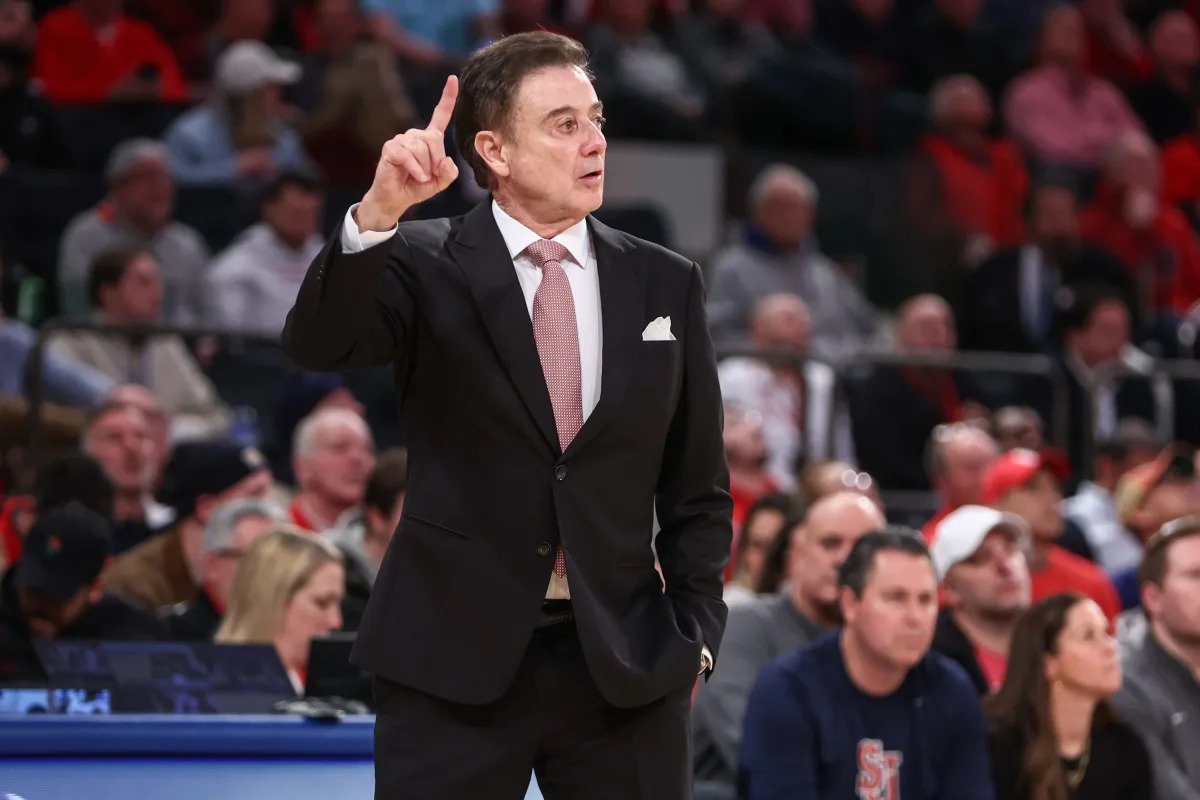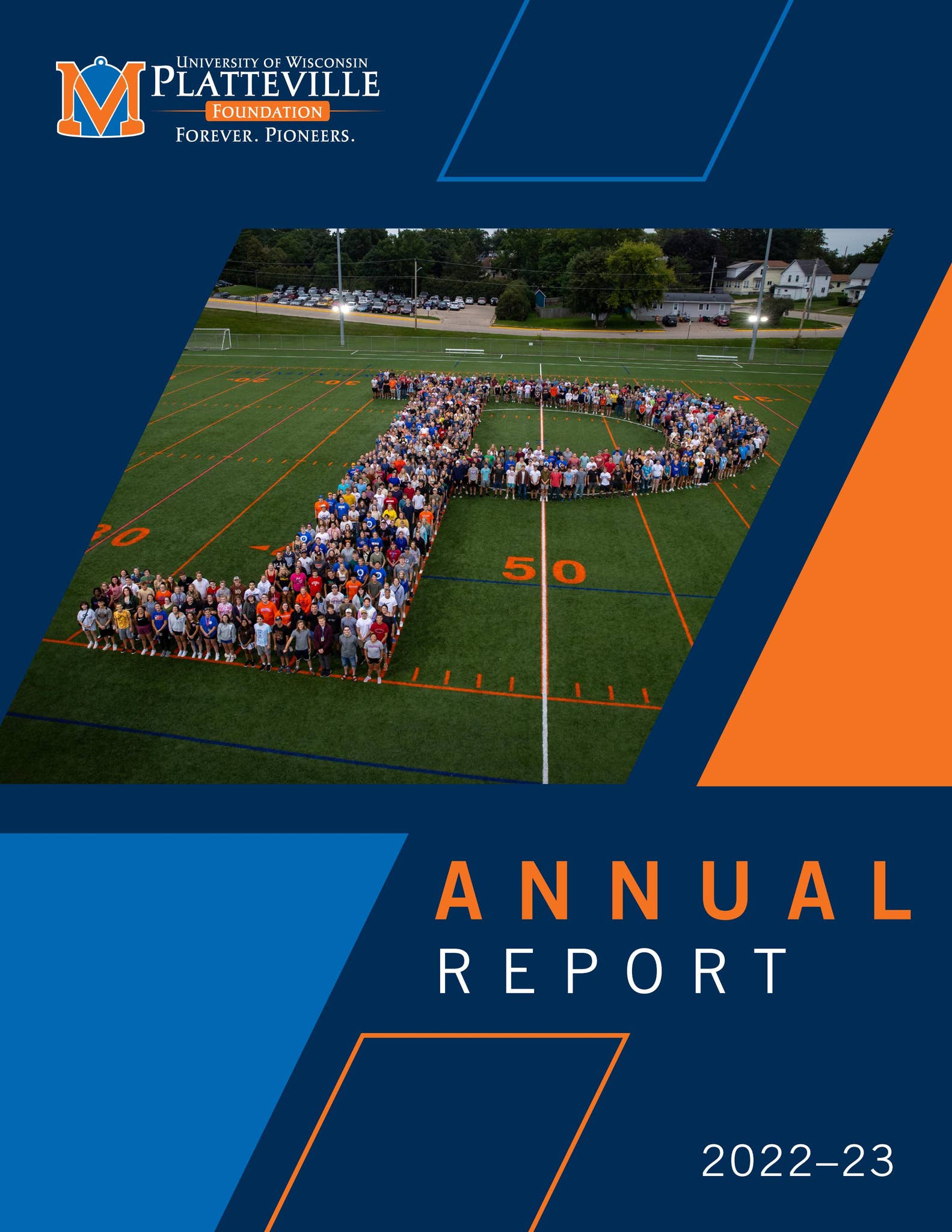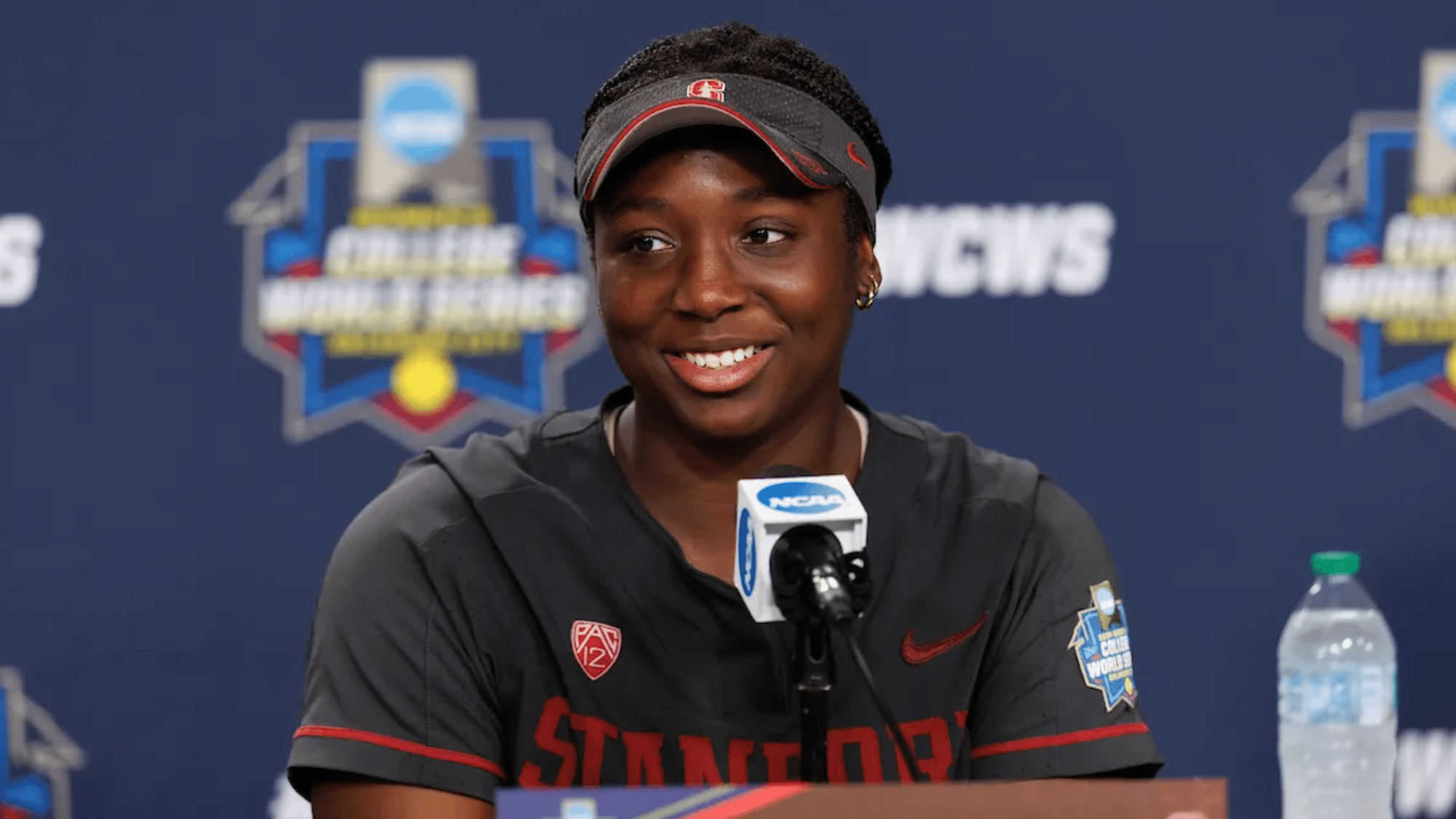Valid businesses would only be allowed to make payments to student athletes
Boise State fullback Tyler Crowe (33) celebrates his touchdown against Penn State during the first half of the Fiesta Bowl NCAA college football CFP quarterfinal game, Dec. 31 in Glendale, Arizona. (Ross D. Franklin/The Associated Press)
ALBUQUERQUE – A new enforcement agency in college sports has drawn a firm line regarding the regulation of name, image, and likeness (NIL) payments to athletes – a move that could dismantle how many school-affiliated collectives currently operate.
Last week, the College Sports Commission issued new guidance that significantly narrows what qualifies as a “valid business purpose” for NIL deals. The announcement came just days after the $2.8 billion House v. NCAA settlement took effect on July 1, establishing a clearinghouse called NIL Go to review third-party deals exceeding $600.
The goal is to prevent schools from circumventing the new $20.5 million revenue-sharing cap by routing funds through booster-backed collectives.
According to the CSC, any entity whose primary function is paying athletes – rather than offering legitimate goods or services to the public – fails to meet NIL Go’s standards. This includes collectives that host events or sell merchandise primarily to fund player payments. Even if these events are open to the public or involve promotional efforts, the CSC says they still don’t qualify.
The ruling has sent shock waves through the NIL ecosystem. In the four years since NIL deals became legal, school-affiliated collectives have funneled hundreds of millions of dollars into athlete compensation – often functioning as unofficial arms of athletic departments. These groups have paid athletes for appearances, endorsements, and social media promotions. But with the CSC now rejecting most of these deals, that model appears to be collapsing.
A memo sent to Division I athletic directors clarified the new standard: agreements with collectives primarily created to pay athletes or benefit specific schools will no longer be approved. While external NIL deals are still allowed, they must be with companies offering real products or services to the general public and must reflect fair market value.
The backlash was immediate. The Collective Association, which represents NIL collectives nationwide, called the CSC’s interpretation “misguided,” arguing it ignores both legal precedent and the economic realities of college athletics. The group claimed collectives are essential to athlete support and are being unfairly targeted.
Adding to the frustration, collective leaders like Dalton K. Forsythe of Utah State’s Blue A Collective reported widespread rejections of submitted NIL deals. “Nearly 100% of collective-backed NIL deals are being denied,” Forsythe posted on X, citing inconsistent standards and poor communication from NIL Go.
Mountain West Conference emblem is attached to a field marker along with the emblem of Colorado State during an NCAA college football game between Colorado and Colorado State, Saturday, Sept. 14, 2024, in Fort Collins, Colorado (AP Photo/David Zalubowski, File)
Despite the chaos, NIL Go has approved over 1,500 deals since launching in June, ranging in value from hundreds to millions of dollars. More than 12,000 athletes and 1,100 institutions are already registered. However, most approved transactions have involved athletes and legitimate businesses – not donor collectives.
Ultimately, the CSC has made clear that the future of NIL lies in traditional sponsorships and commercial endorsements, not donor-funded payouts. Whether courts will uphold these rules – or whether athletes will challenge them on antitrust grounds – remains to be seen. For now, though, the days of collectives writing large checks behind the scenes may be coming to an end.
The College Sports Commission’s new enforcement guidance is expected to significantly impact the Mountain West Conference (MWC), where many schools have relied on donor-driven collectives to remain competitive in a rapidly evolving landscape.
Potential Fallout for Mountain West Schools
This shift could hit programs like Boise State, Fresno State, San Diego State, and Utah State particularly hard. These schools have developed strong football reputations but lack the deep financial backing of Big Ten or SEC institutions.
Boise State running back Ashton Jeanty celebrates after winning the offensive player of the game for the Mountain West Championship NCAA college football game against UNLV, Friday, Dec. 6, 2024, in Boise, Idaho. (AP Photo/Steve Conner)
Boise State has relied on a passionate fan base and collective support to maintain its status as a Group of Five powerhouse. Without that funding source, Boise could fall behind in the NIL arms race.
Utah State’s Blue A Collective is already feeling the pressure. Director Dalton Forsythe reports that nearly all of their NIL submissions are being rejected under the new rules, calling the standards “unclear and unrealistic.”
Fresno State and San Diego State have used competitive NIL offers to retain local talent, but that ability may diminish without collective-based funding, making it harder to keep players from transferring out.
As the NIL landscape undergoes its most dramatic shift yet, the Mountain West Conference finds itself at a crossroads.
The new rules may level the playing field in theory, but in practice, they risk sidelining programs that have used creativity and community support to stay relevant.
With traditional collectives on the chopping block and commercial partnerships harder to come by in smaller markets, MWC schools must now adapt quickly – or risk falling further behind in a system increasingly tilted toward the power conferences.
The next chapter in college athletics will be defined not just by talent on the field, but by who can navigate the off-field rules best.
Roger Holien is a contributor for SB Nation.com and Mountain West Connection

